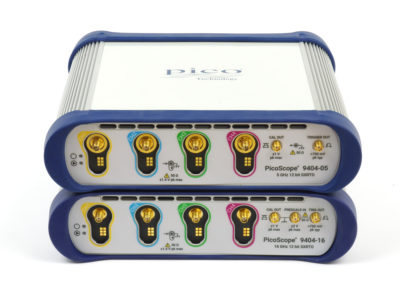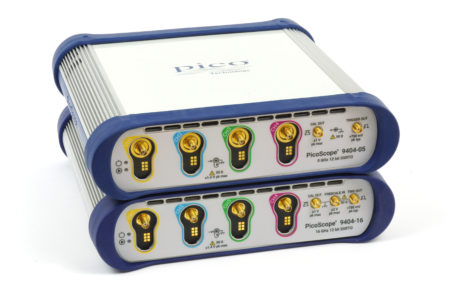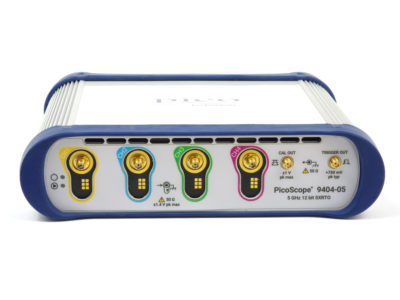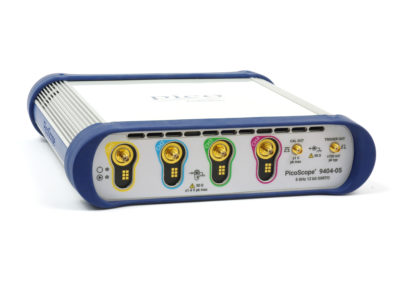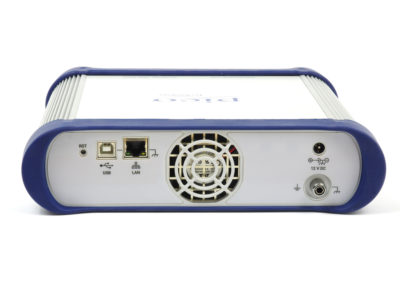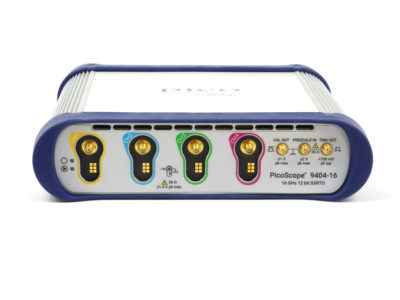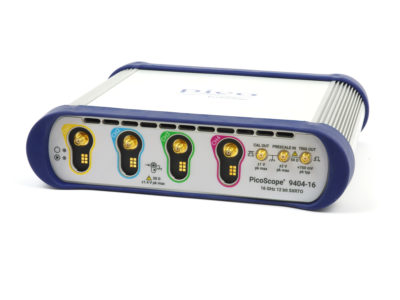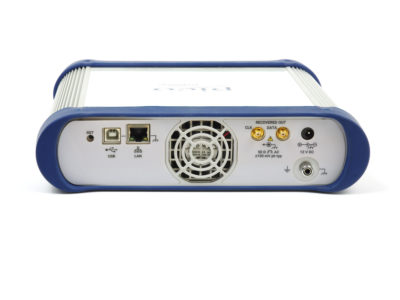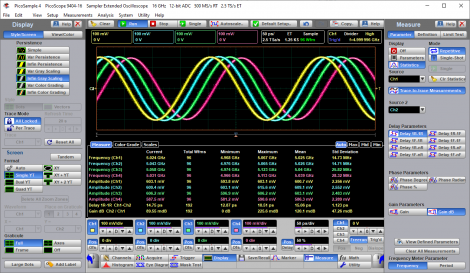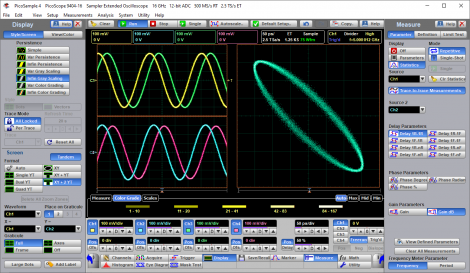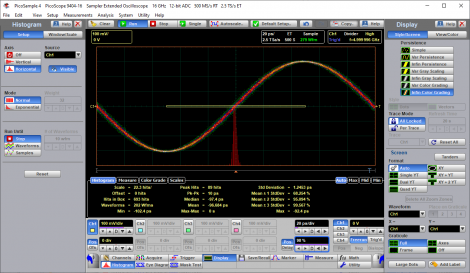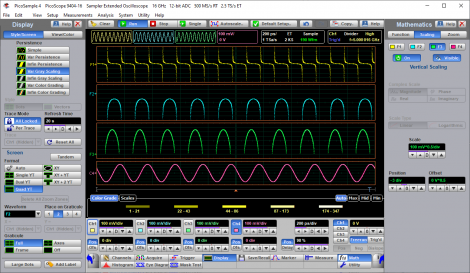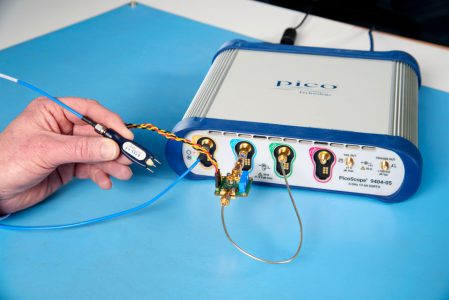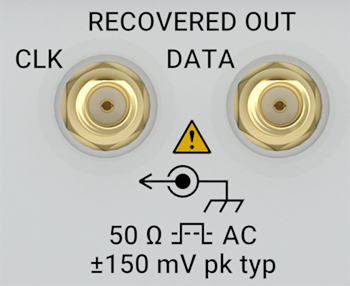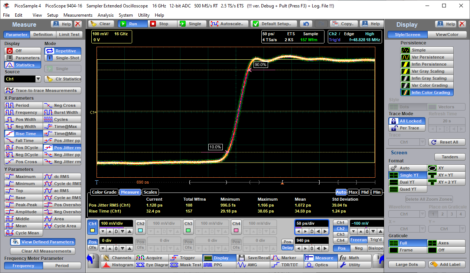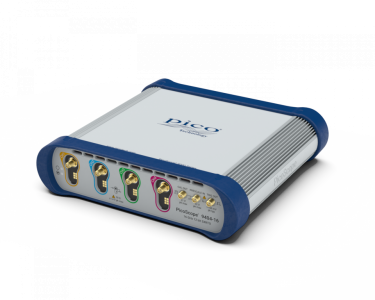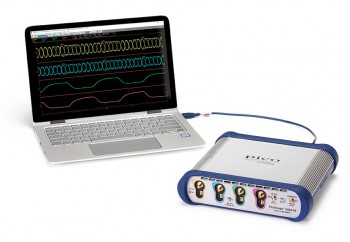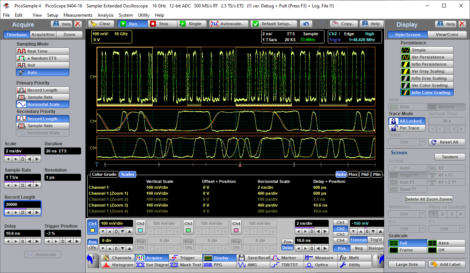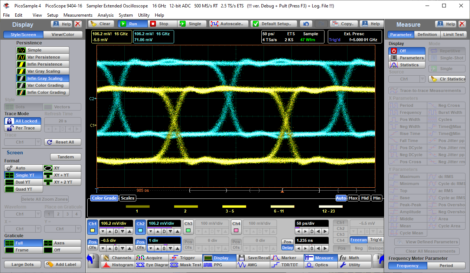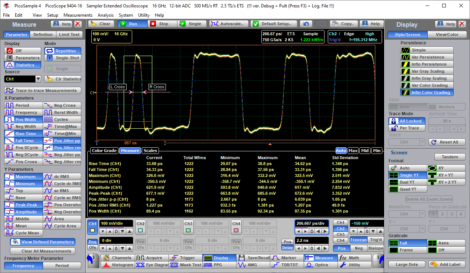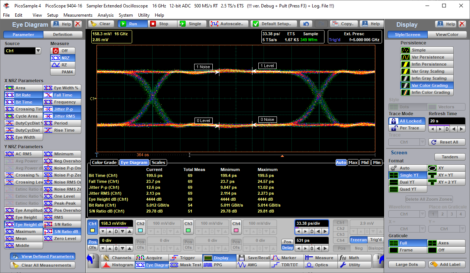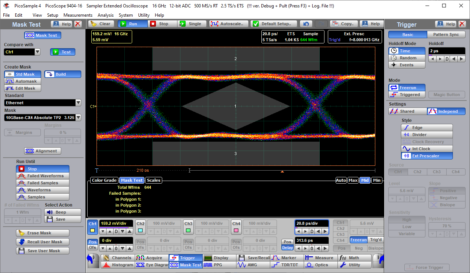Sampling Oscilloscopes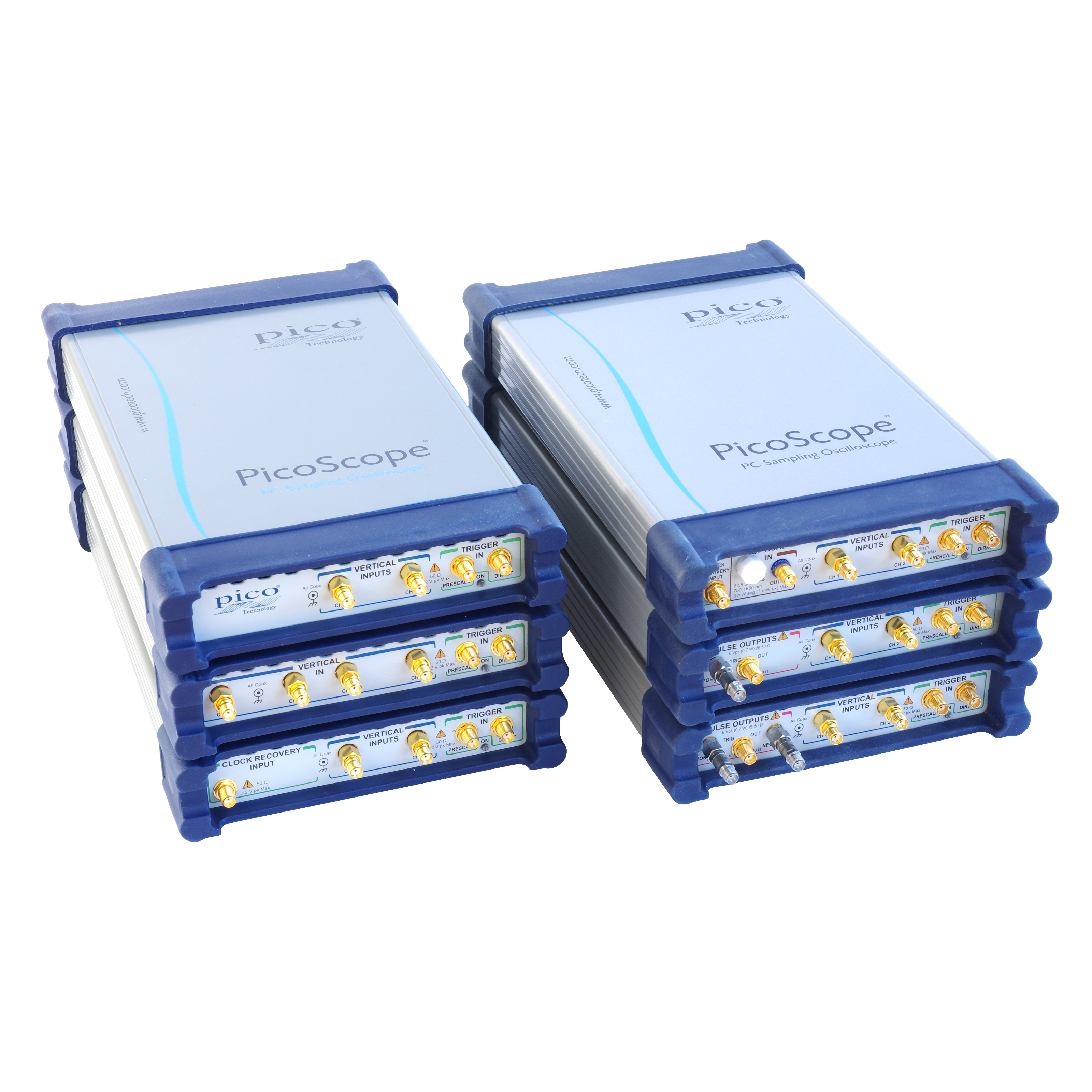


PicoScope 9300 Series
15, 20, 25 or 30 GHz bandwidth
9.5 GHz optical channel, 60 ps TDR/TDT, 11.3 Gb/s CDR
4 or 2 channels
64 fs timing resolution, 1 MHz sampling rate

PicoScope 9200 Series
12 GHz bandwidth
8 GHz optical channel, 120 ps TDR/TDT, 2.7 Gb/s CDR
2 channels
200 fs timing resolution, 200 kHz sampling rate
Digital Storage Oscilloscopes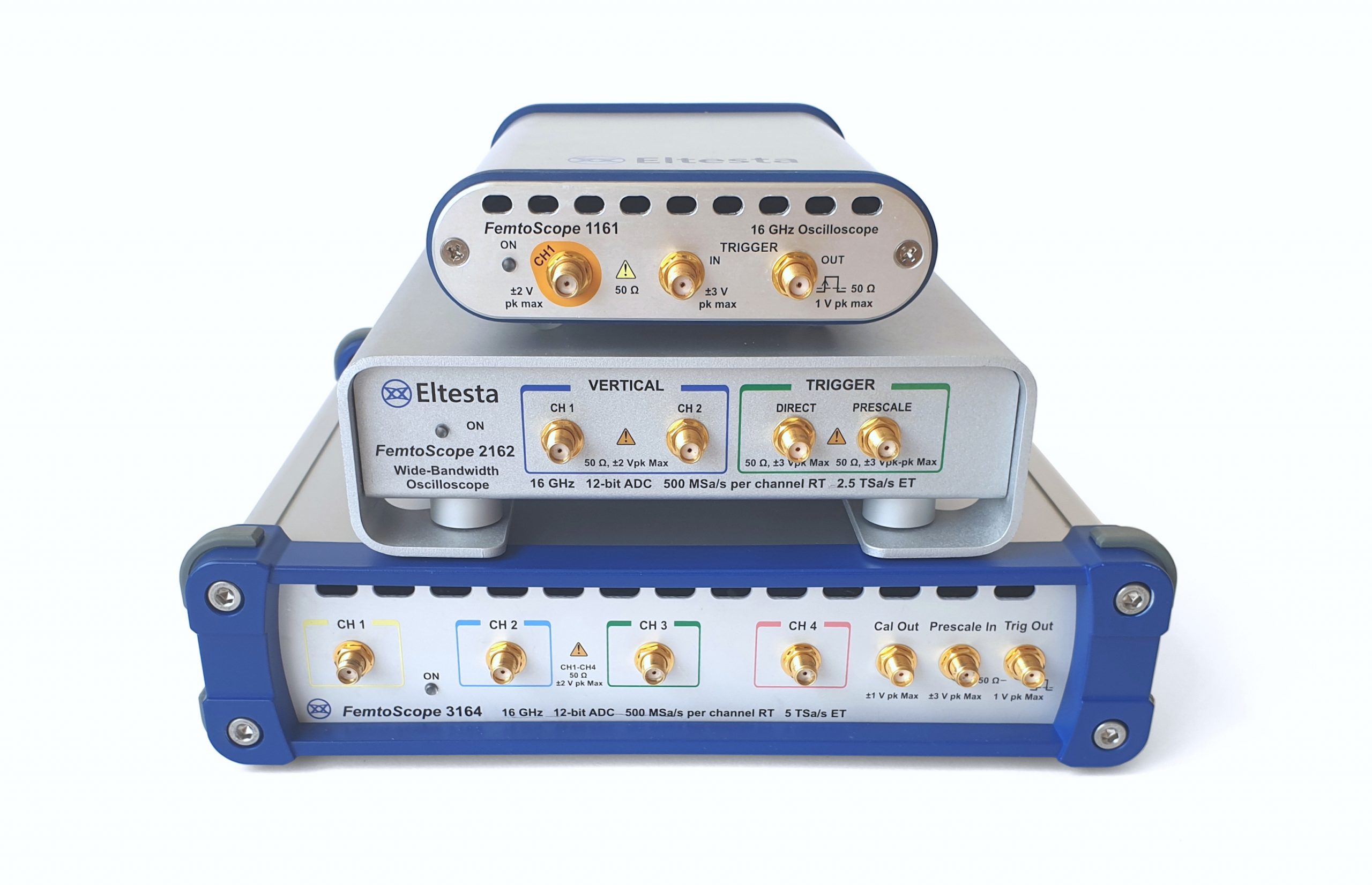


FemtoScope 1000/2000/3000
5 or 16 GHz bandwidth
4, 2 or 1 channels
500 MSa/s RT sampling rate
Up to 5 TSa/s ET sampling rate

PicoScope 9400 Series
5 or 16 GHz bandwidth
4 channels
500 MSa/s RT sampling rate
Up to 16 GHz trigger
Pulse Generators

PicoSource PG900 Series
6 V/60 ps differential outputs, or
0.2 V/40 ps differential outputs, or
Four channels with both differential pairs
1 MHz repetition rate.

